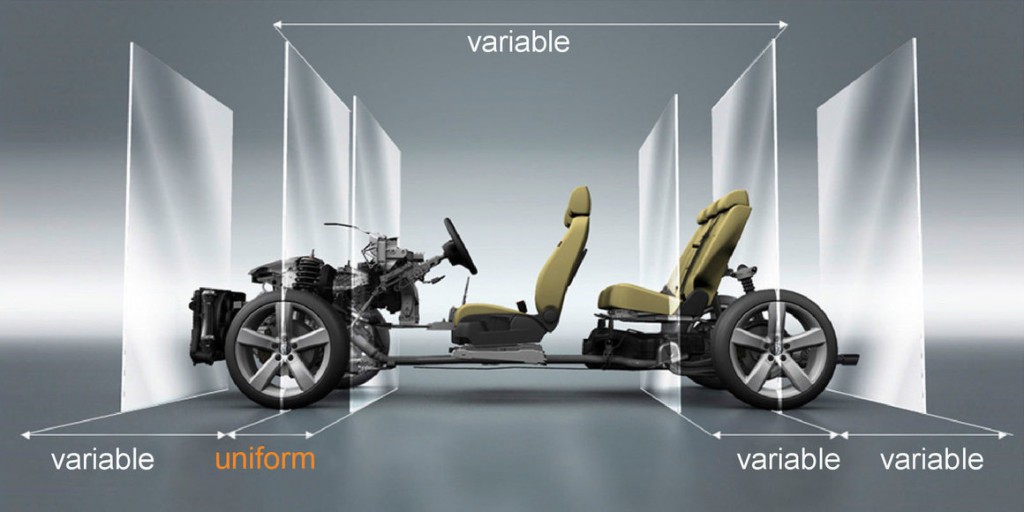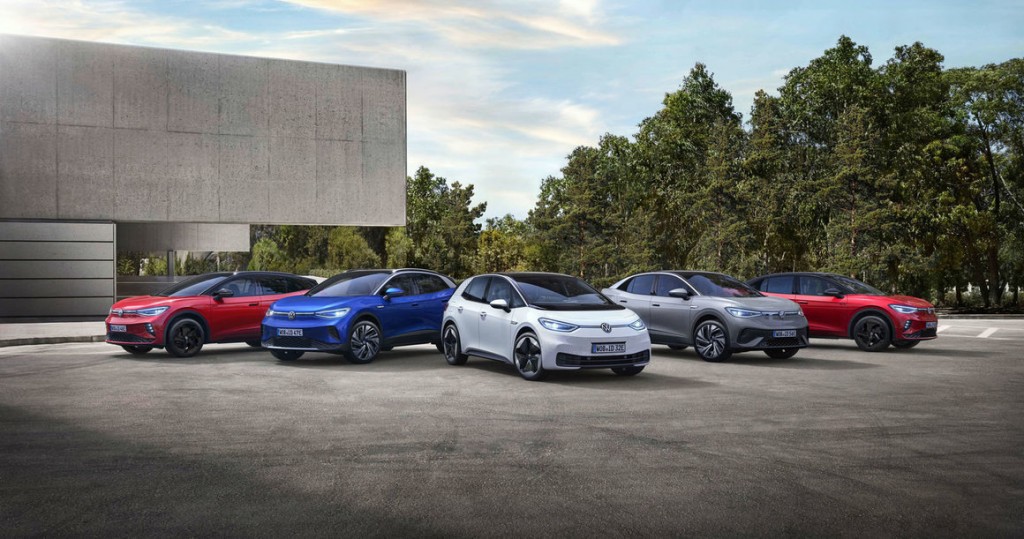WOLFSBURG: A global bestseller from Volkswagen is celebrating its 10th anniversary: the modular transverse matrix (MQB).
Since 2012, it has been the common basis for a variety of models. More than 32 million vehicles were produced on this platform throughout the group.
The Volkswagen brand has more than 20 million vehicles manufactured so far – from the small Polo to SUVs such as the Atlas (USA) and the Teramont (China).
At the same time, the modular matrix philosophy has also been transferred to the electric world, with today’s ID. models based on the MEB (modular electric drive matrix).
The next generation will use the SSP – the Scalable Systems Platform – as the group’s electric technology matrix. It enables the vehicle to be completely connected to its ecosystem and thereby lays the foundations for fully automated driving (Level 4).

“The introduction of the MQB 10 years ago was a crucial step,” said Volkswagen Passenger Cars chief executive officer Ralf Brandstätter.
“The MQB not only serves as the technology matrix for our combustion-engine models with a transverse engine, it is also the backbone of our economic efficiency and resilience, as MQB-based vehicles make a significant contribution to financing future topics of the brand’s ACCELERATE strategy, which include electric mobility, digitalisation, new business models and autonomous driving."
The MQB platform developed by Volkswagen made its debut with the Golf VII. The first production vehicle came off the assembly line in Wolfsburg in October 2012.
The modular assembly matrix offered the following advantages: sophisticated technology, low weight and dynamic design – thanks to the small body overhangs.
The first-ever MQB model in the Volkswagen Group was the third-generation Audi A3 – launched on the market a few months before the Golf.
The modular assembly matrix permitted standardisation of production processes in all areas, resulting in more flexibility and reduced development costs – not just for the Volkswagen brand, but for the entire Volkswagen Group.
The MQB also meant significant economies of scale, thanks to the carry-over part concept and the large quantities.

They allowed Volkswagen to introduce innovative technologies to the market in the volume segment.
Sophisticated features, such as driver assist systems, could be offered in all vehicle classes and could therefore be made accessible to a wide range of customers.
Volkswagen and the group brands were able to develop their new models and variants quickly on the flexible basis of the MQB. Over the years, the matrix had been continuously extended and refined.
Parameters such as track, wheelbase, wheel size or seat and steering wheel position could be adapted individually – depending on positioning and vehicle class of the respective model –to fulfil the requirements and wishes of the market and customer. Many components of the body were made of high-strength and ultra-high-strength steels and sheets in variable thicknesses.
This reduced the weight of the newly introduced MQB models by around 50 kilograms on average compared with their predecessors. The weight reduction was actually almost 100kg for the Golf VII – depending on the specification.
The platform is able to cater to various types of powertrains such as petrol (TSI), diesel (TDI), natural gas (CNG), mild hybrid, plug-in hybrid drives and even as an all-electric drive.

On the German market, the MQB power range of the group models currently starts at 48 kW (66 PS), with the most powerful motor delivering 294 kW (400 PS).
The new petrol engines and the equally new diesel engines (EA 288) were provided with standard interfaces for power transmission. This allowed them to be combined with the same gearboxes and same drive shafts on the front axle.
As a result, the number of engine and gearbox variants was almost halved. And in the case of the heater and air conditioning units – a large component in the vehicle front end – the number of different versions fell from 102 to 28.
Based on experiences with the MQB, Volkswagen has developed the modular electric drive matrix (MEB) for the all-electric models of the ID. product line.
Like the MQB, the MEB provides a clearly defined and yet versatile matrix for the high-volume Group brands. The fundamental technology layout of the MEB is based on the principle of accommodating the electric drive components in minimum space.
The high-voltage battery is located between the axles, while the passenger compartment offers a generous amount of room. The MEB also covers a large model bandwidth for the global markets – from the city car through to the spacious ID. Buzz

The MEB also provides the basis for the next revolutionary modular toolkit for electric vehicles, which will also include sporty and luxurious cars. The future mechatronics platform SSP (Scalable Systems Platform) will feature state-of-the-art electronics and software.
In 2026, Volkswagen is planning to present its first model on this ultra-scalable platform, with the Trinity project. Trinity is designed to be a guiding star for the brand in all future technological categories – from range, charging times and digitalisation, through to automated driving.












